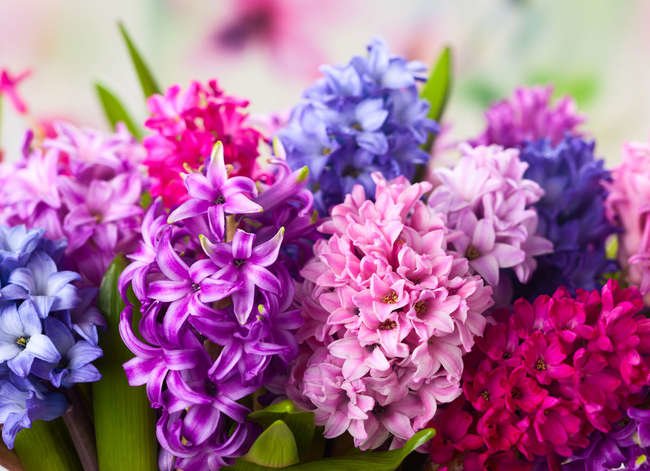

We may earn revenue from the products available on this page and participate in affiliate programs. Learn More ›
Home Advice You Can Trust
Tips, tricks & ideas for a better home and yard, delivered to your inbox daily.
Chamomile
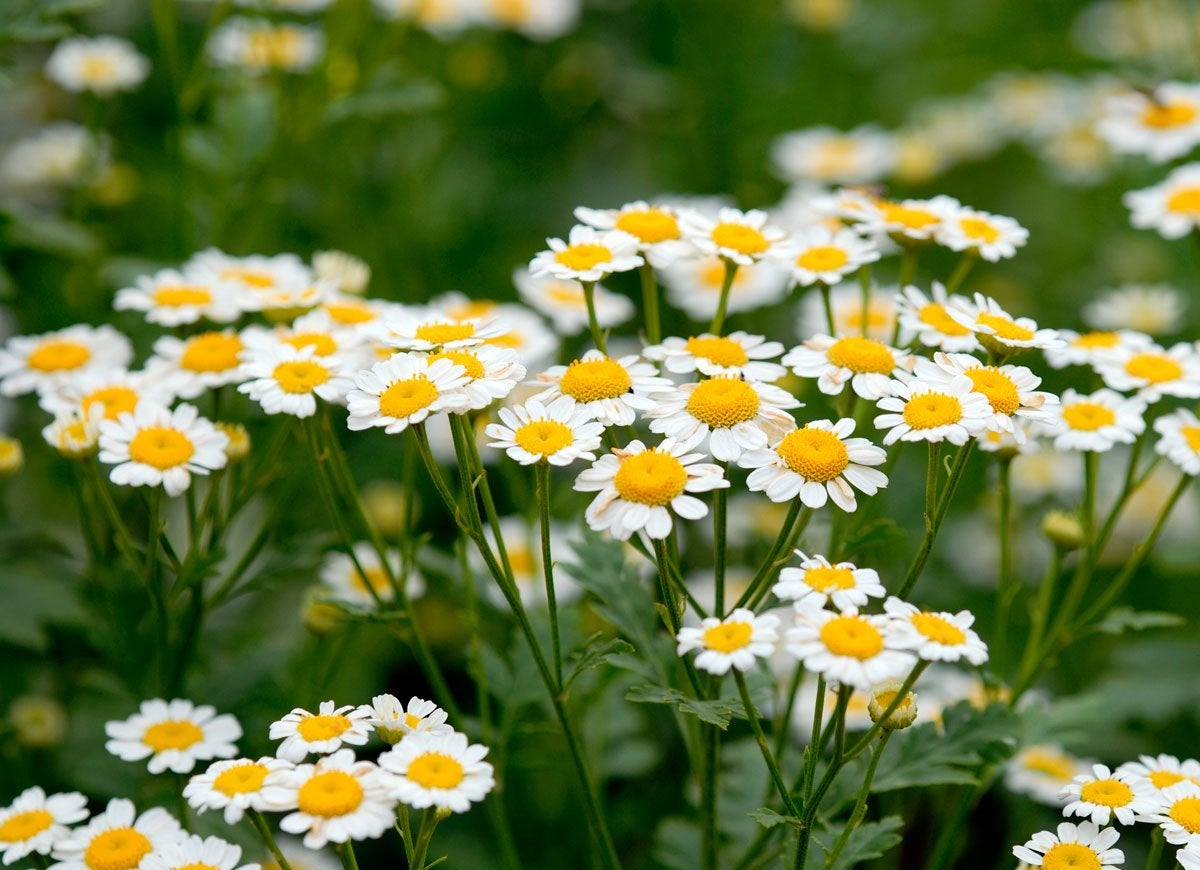
Not only do chamomile’s white, daisy-like flowers make it a cheerful addition to an indoor setting, but the plant is also a popular herb that’s used to make a soothing tea. Allergy sufferers, however, may want to stick with another sedative brew instead, because chamomile, which is related to the common allergen ragweed, can trigger reactions in allergy sufferers.
Ficus (Weeping Fig)
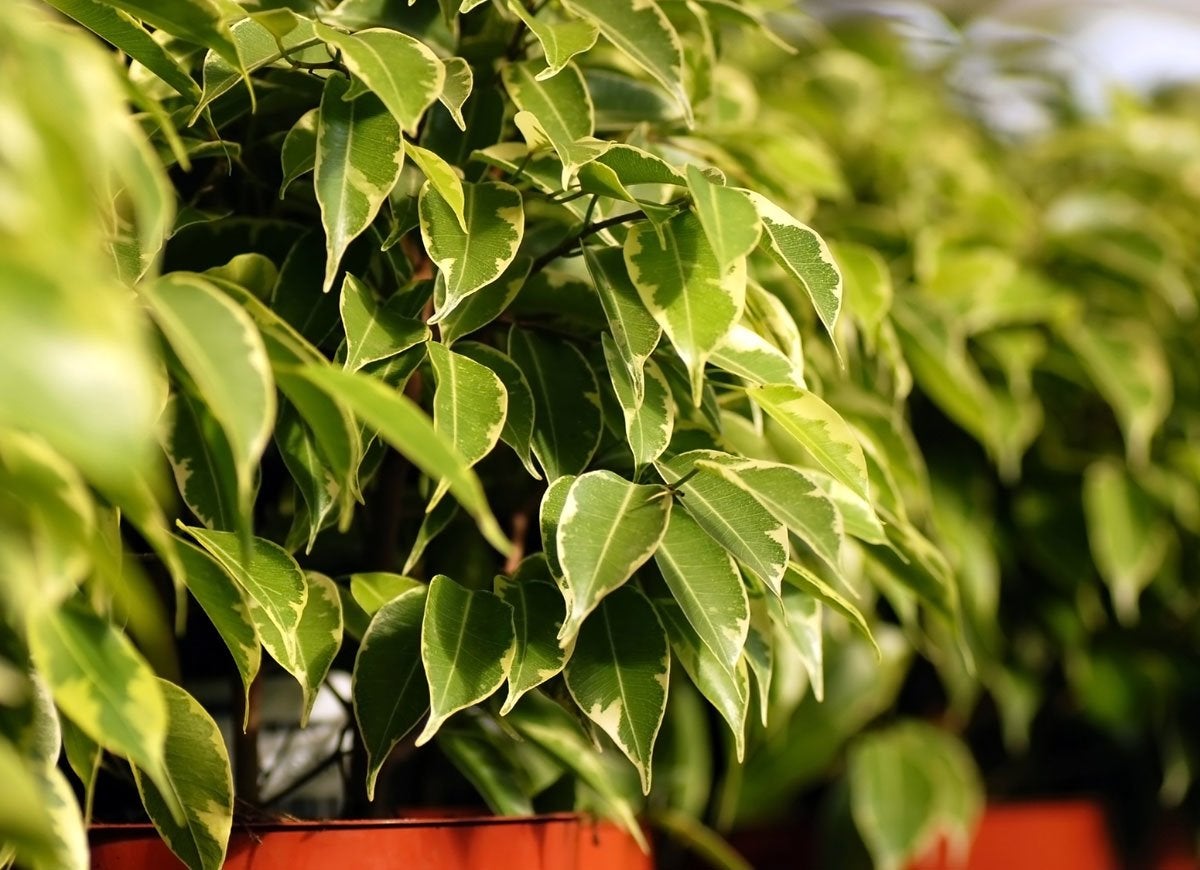
The ficus (or weeping fig) is a hugely popular choice for indoor greenery, so homeowners may be surprised to learn that it can irritate allergies. The plant’s sap and leaves harbor dust particles that can travel into the air. These particles are especially bothersome to those with latex sensitivities, thanks to a similarity between latex and ficus proteins. People with a ficus allergy may experience symptoms ranging from skin irritation to breathing problems.
Chrysanthemum
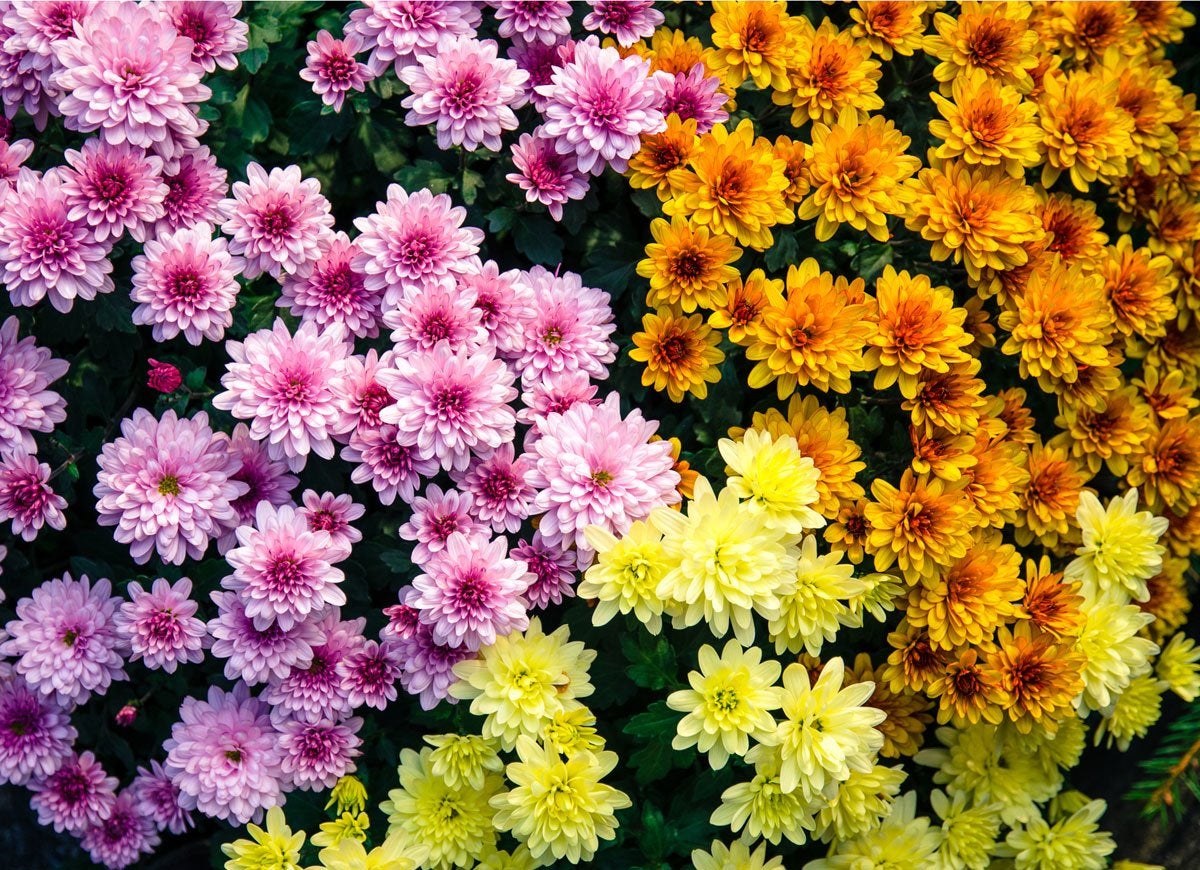
Chrysanthemum offers colorful blooms and medicinal benefits—and a range of unpleasant potential side effects. This traditional fall flower can trigger skin irritation and allergy symptoms in sensitive people. Those who are allergic to pollen should enjoy their chrysanthemums outdoors, where the pollen can’t infiltrate a confined indoor space.
Palm Tree
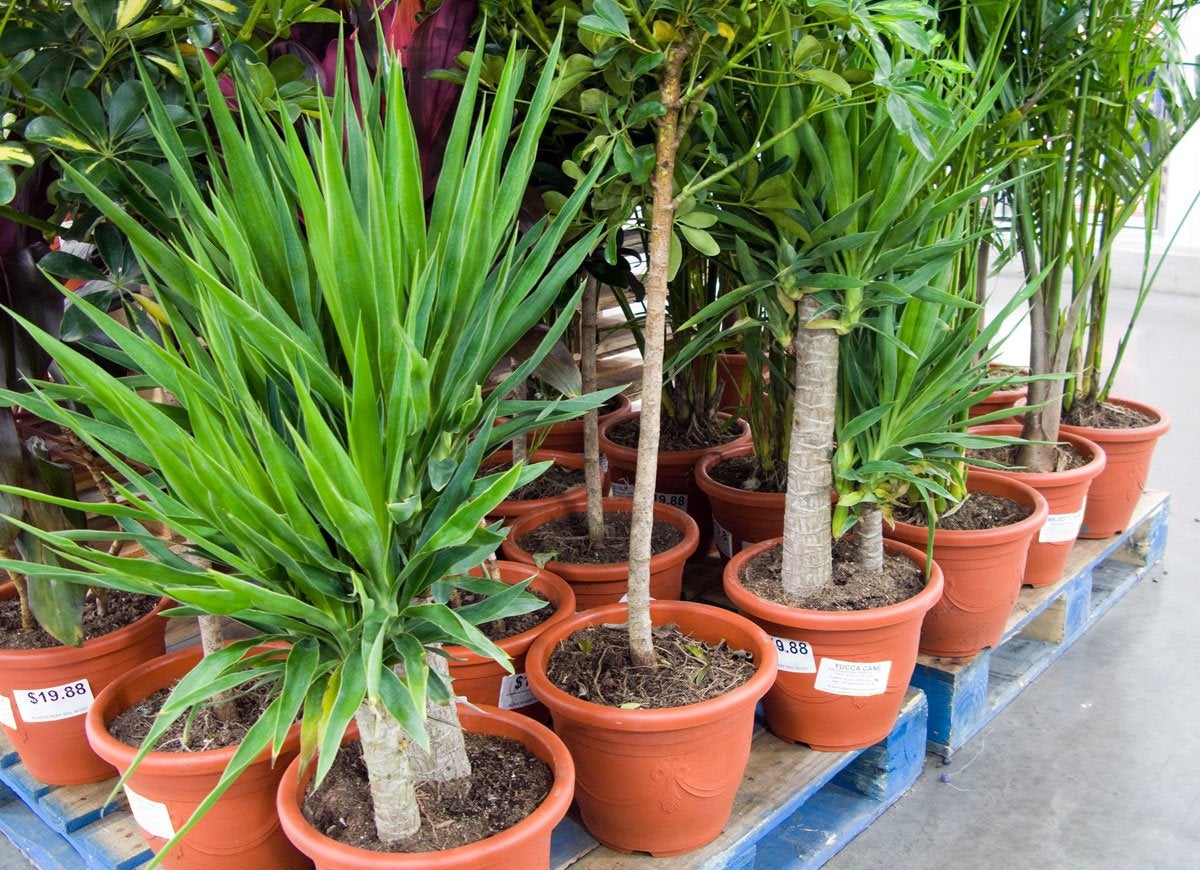
Thanks to their tropical appearance and easy maintenance, indoor palm trees are popular houseplants. Male palm trees, however, shed an immense amount of pollen that can lead to itchy eyes, a runny nose, and other pesky allergy symptoms. Thankfully, homeowners can avoid negative health consequences by buying female palm trees, which don’t shed pollen. Talk to a nursery specialist for help with choosing the perfect plant for your needs.
African Violet
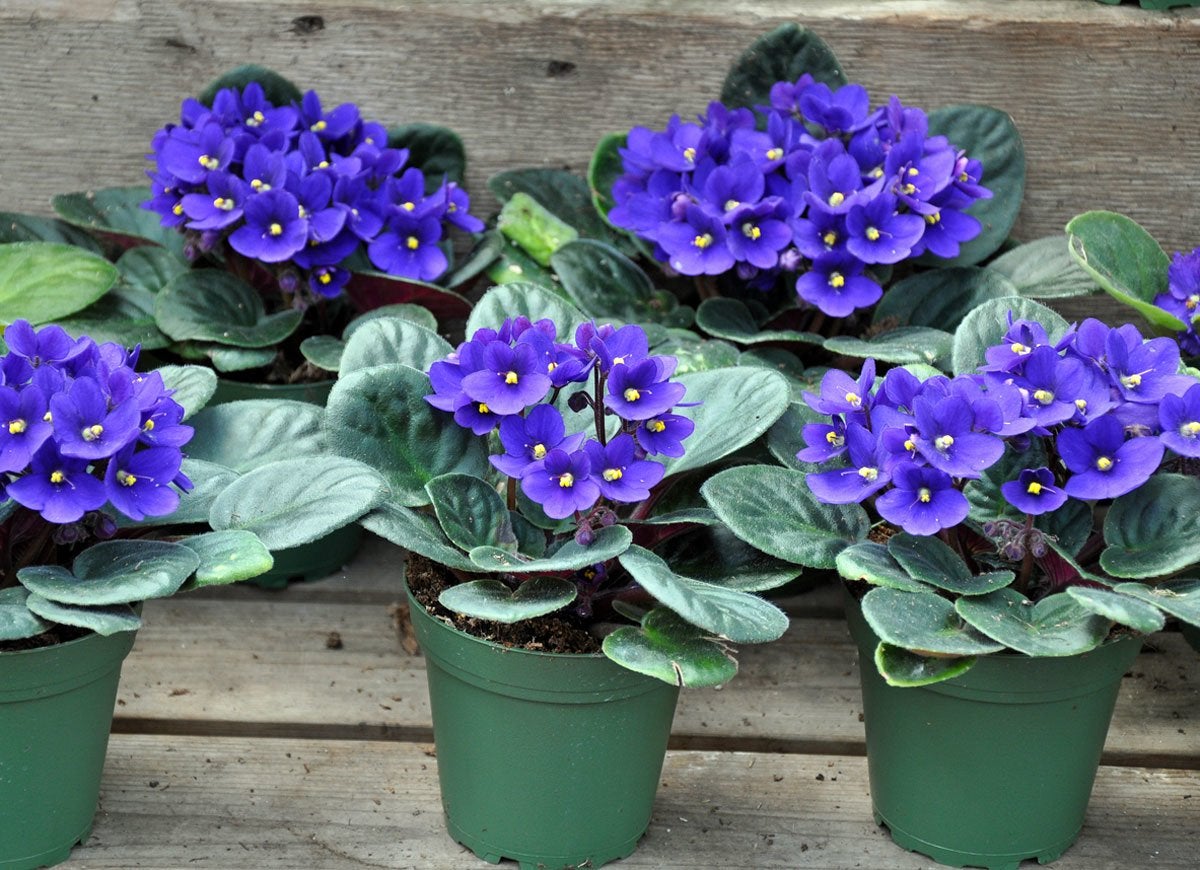
The foliage of the African violet has a fuzzy texture that gives wonderful depth against the vibrant coloring of its purple blooms. But those fuzzy leaves are top-notch dust catchers. So, if you’re sensitive to dust, steer clear of African violets—or, at the very least, give the leaves a regular wipe down.
Hyacinth
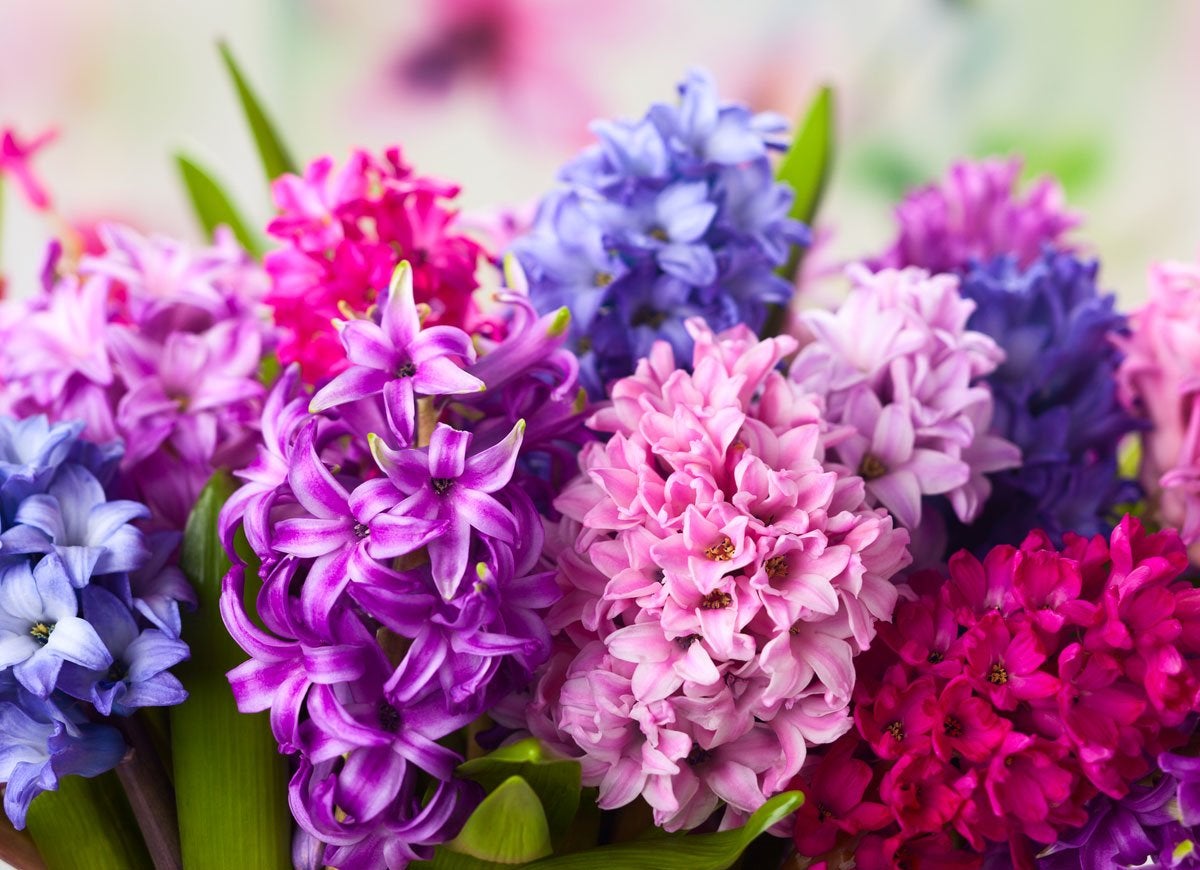
Hyacinth is one of the many beautiful spring bulbs that can be forced to flower indoors while the weather outside is still gloomy and cold. The plant has low levels of pollen, but its strong fragrance can irritate allergy sufferers. In addition, hyacinth bulbs can cause itching and inflammation when handled. If you decide to force hyacinths this spring, wear gloves while touching the bulbs to avoid a skin reaction.
Flowering Maple
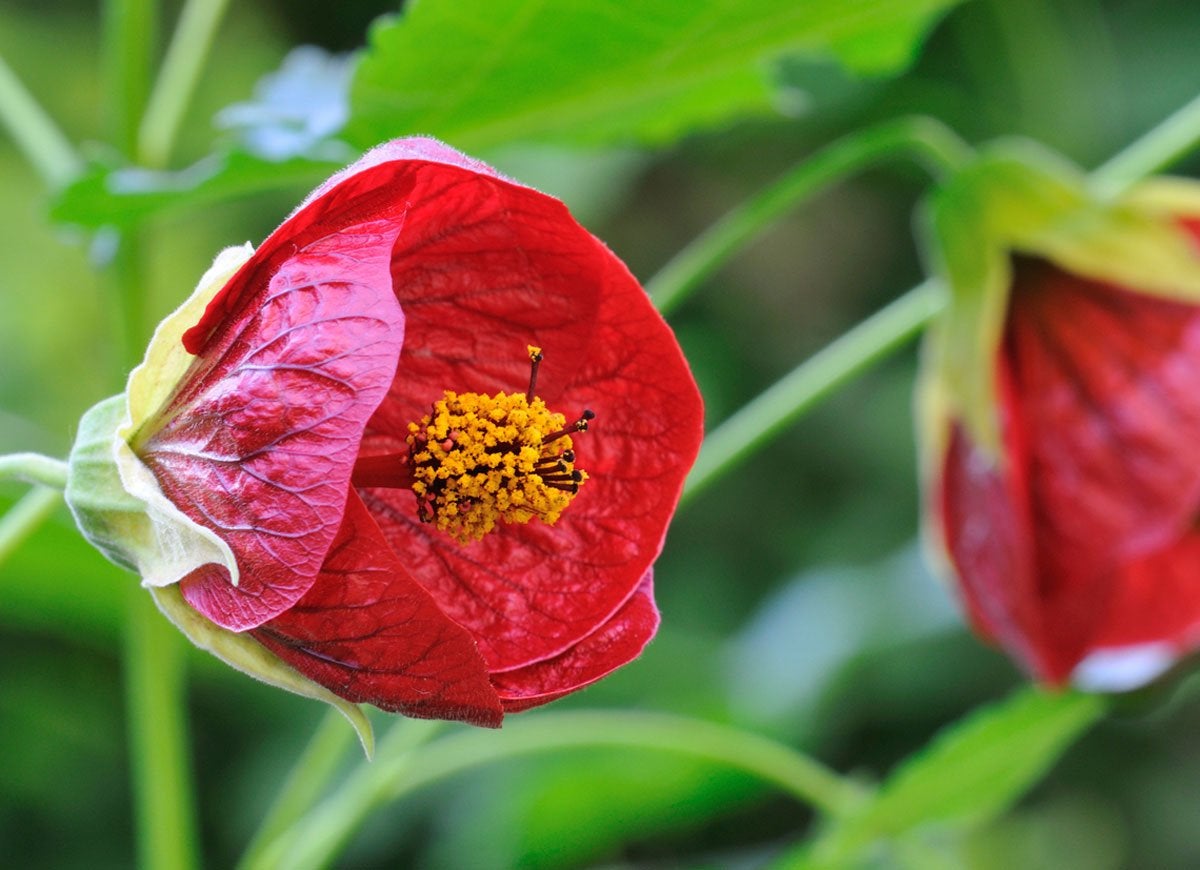
The flowering maple has no botanical relationship to the towering maple tree in your yard. Instead, it owes its moniker to its characteristically maple-shaped leaves. Flowering maple boasts beautiful bell-shaped blooms in the summer, but don’t let this plant’s innocent appearance fool you. Placed indoors, it can trigger minor skin irritation and respiratory allergy symptoms.
Gerbera Daisy
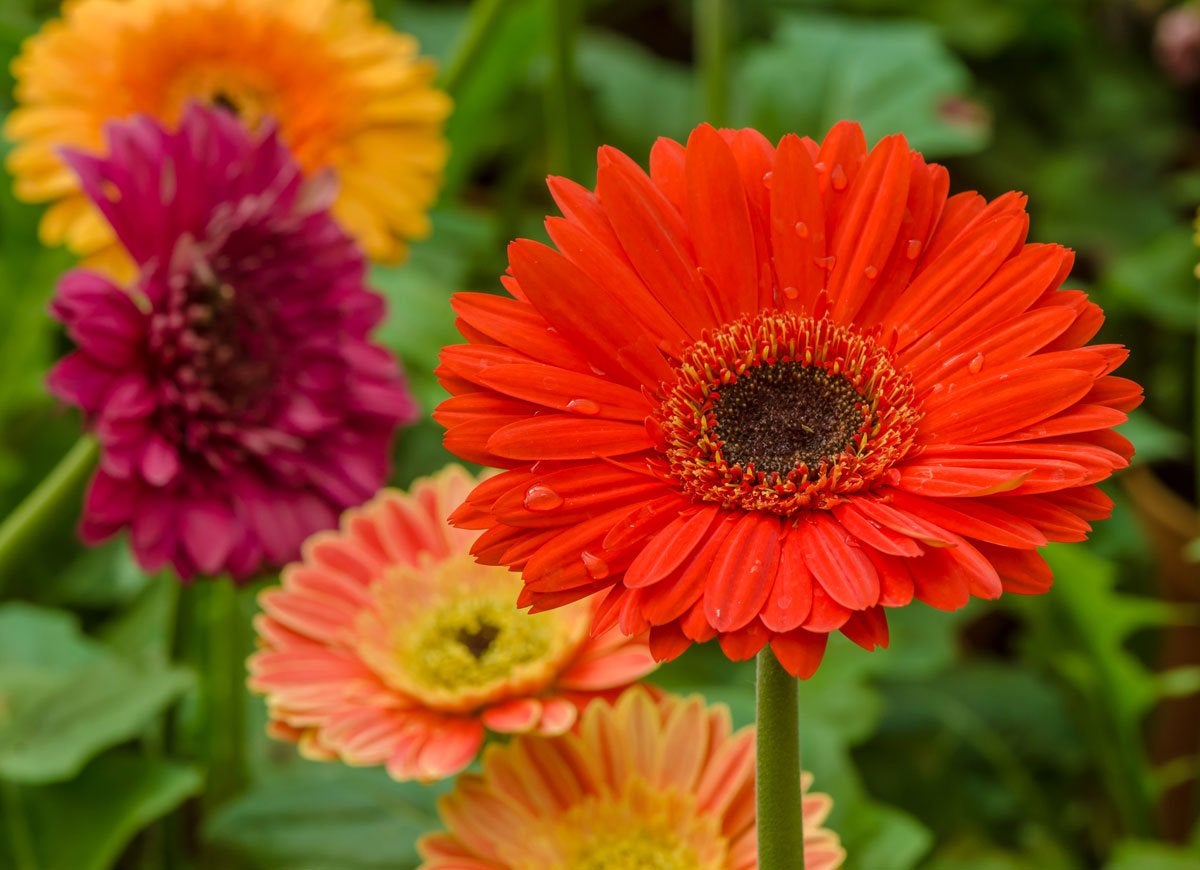
Gerbera daisies radiate warm color, and they’re easy to maintain as potted indoor plants. But as members of the daisy family, they have a very high pollen count and should be avoided by anyone who suffers from allergies.
Keep Out
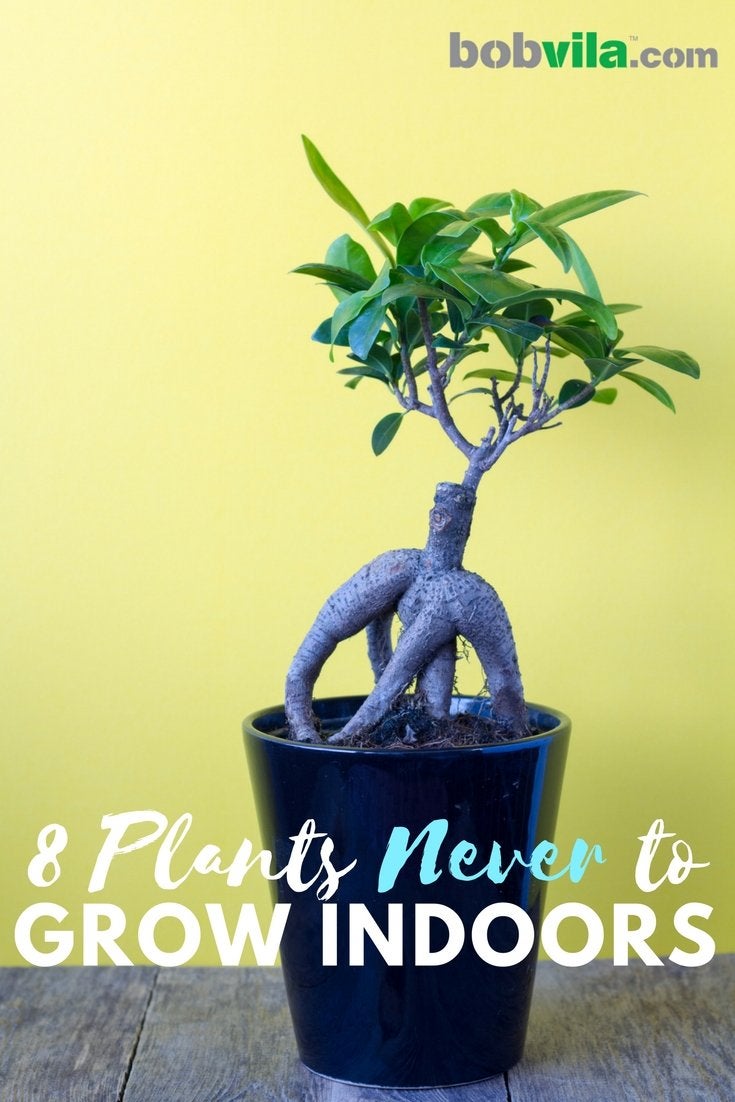
Make note not to pick up these plants anymore if you or someone else in your household suffers from allergies. There are plenty of other pretty options that you’ll certainly be able to find good replacements!

All You Need to Care for Your Lawn & Garden
Keeping your grass green and your plants thriving doesn’t just take a green thumb—it starts with the right tools and supplies.